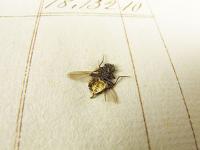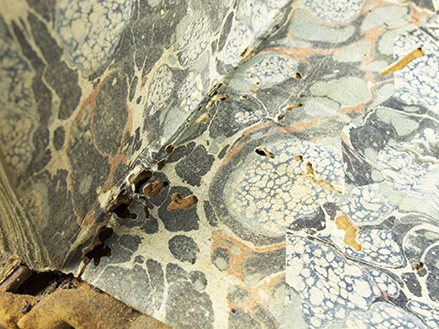What bank ledgers contain, as anyone could imagine, is bank records. But in these old ledgers from the First Bank of North America collection, we have encountered several physical contents far beyond what one might expect. We have found bits of quills, pieces of blotter paper, particles of iron from the ink, some mysterious metal fragments from the original binding materials, etc. (link)
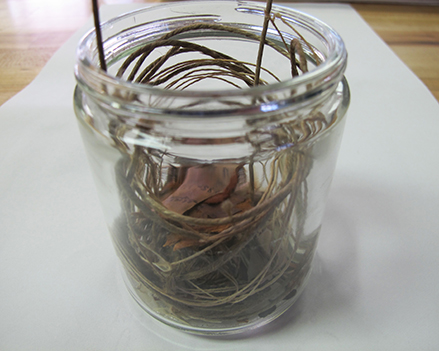
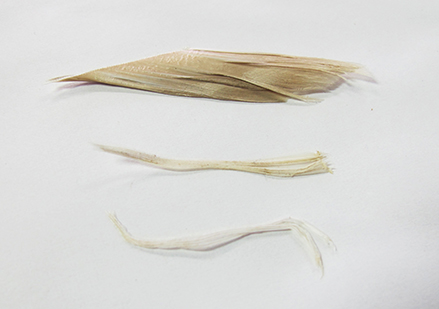
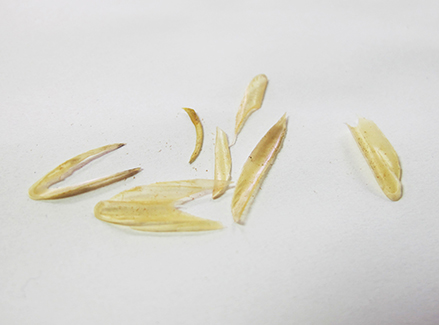
One of my favorites things is the insects, found while we are cleaning and taking apart the old broken bindings. Insects from old books usually remind me of book worms and the holes and trails they leave behind, but in the books of this collection, what we frequently find is the actual bodies of the dead insect, squished between the pages.


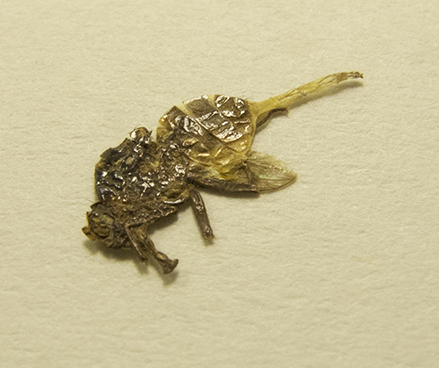
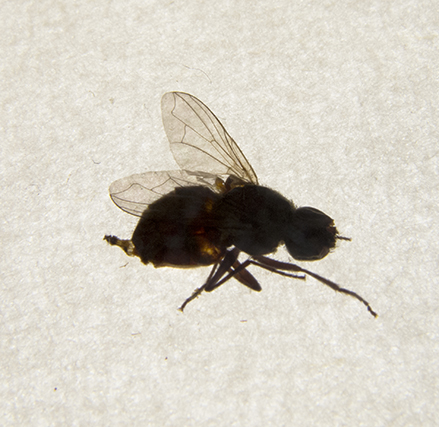
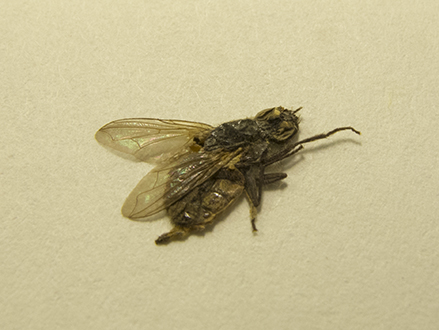
Finding a dead fly can be disturbing, and usually grosses me out at first, but the experience also allows me to be connected through history to the moment when the fly was initially caught. The very frequent appearance of dead flies allows us to imagine the hot and humid conditions of the bank offices of the time, often with open windows to make up for the lack of air conditioner. The squished flies may be the result of an irritated clerk trapping the annoying flies by quickly closing the heavy ledger.
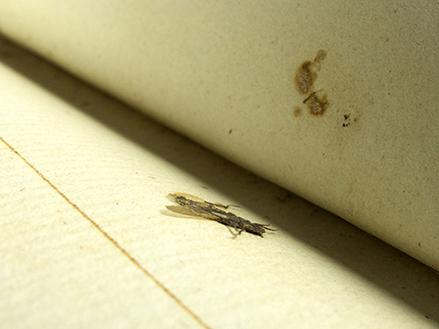

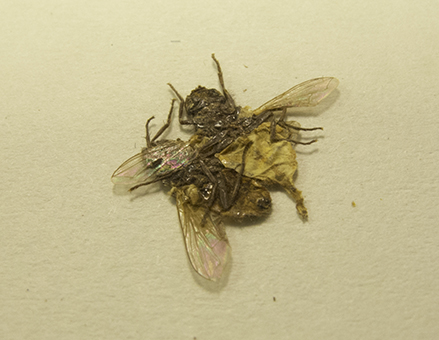
This unusual insect, a centipede, made me curious and caused me to examine it with the manner of an entomologist, in a way I never would have ordinarily.
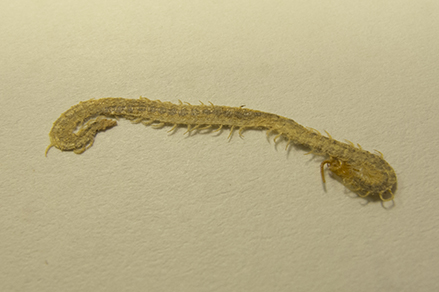
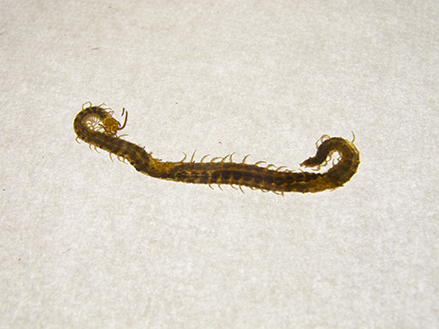
Finding these unidentified insects, preserved through time in these books, amuses and stimulates our curiosity. Encountering them becomes one of the privileges of being charged with the responsibility of cleaning and repairing these old ledgers.

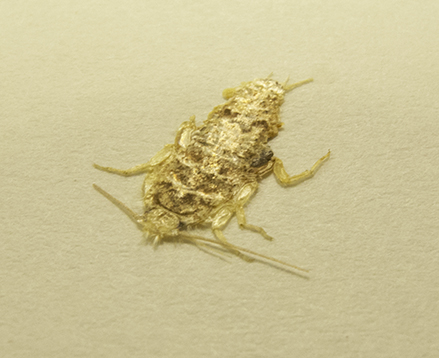
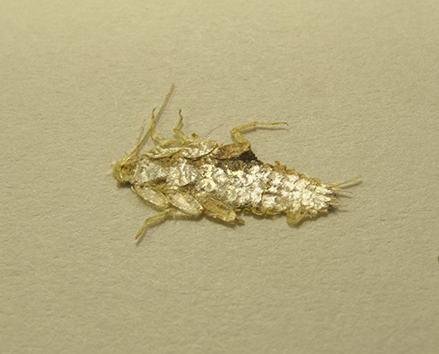
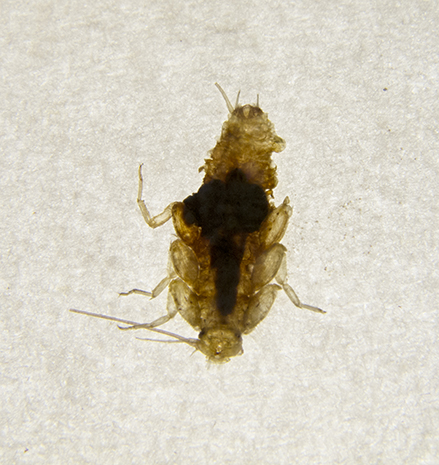
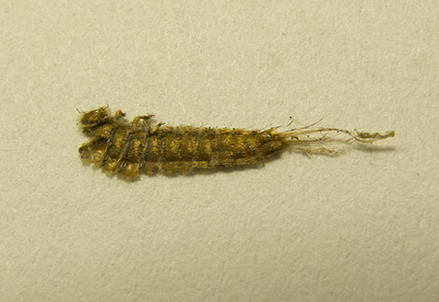
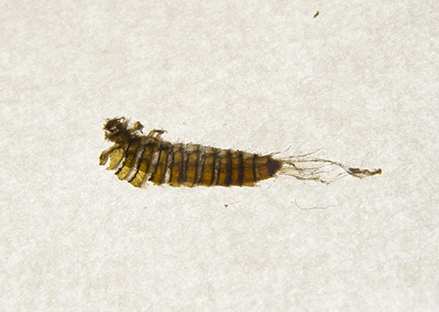
As we find these dead insects, we carefully remove them and clean the pages to prevent further damage. However, we don’t want to erase all evidence of the existence of these bugs; we would also like to share what we have found with people outside of the conservation lab. We have uploaded a collection of photos on Flickr and will continue to add to it, and are very interested in information other, more insect-knowledgeable people, may have about them.

